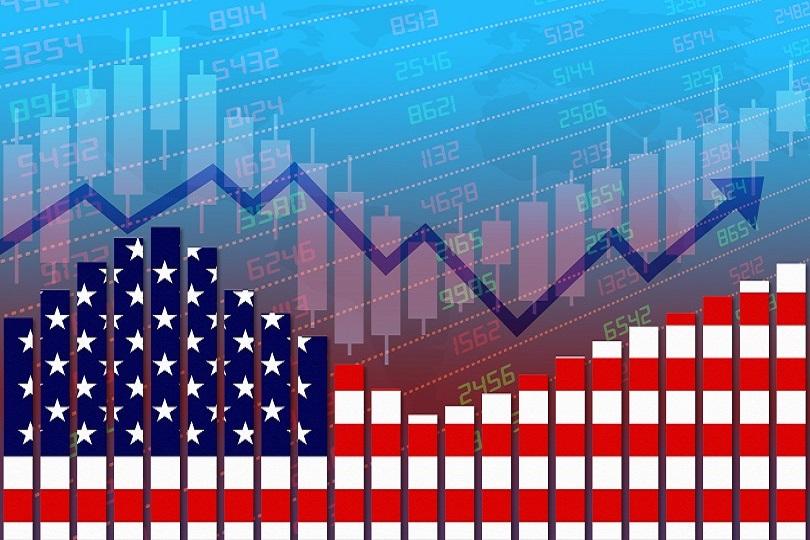Understanding the Current U.S. Inflation Landscape: The Lasting Effects of Tariffs
In an era marked by economic volatility, the most recent inflation report from the United States emerges as a vital gauge of the country’s financial stability and the ongoing ramifications of tariffs established during Trump’s presidency. Released this week, this report highlights persistent inflationary trends that are influencing consumer habits and business practices nationwide. As experts analyze these findings, it raises critical inquiries regarding the success of tariffs enacted in previous years and their influence on today’s economic environment. This article examines key insights from the inflation report, discusses its effects on American families and industries, and evaluates how Trump’s trade policies have shaped economic conditions amidst global challenges.
Impact of Trump-Era Tariffs on Inflation Rates
The latest inflation data presents a complex view of America’s economy, particularly emphasizing the ongoing effects of tariffs introduced during Trump’s administration. With these tariffs still in place for numerous imported products, consumers are increasingly feeling financial pressure. Essential goods such as electronics, apparel, and household items have experienced significant price increases, complicating budget management for many Americans. Key factors driving these price hikes include:
- Rising costs for raw materials
- Supply chain disruptions
- Escalated shipping costs
Recent statistics indicate that inflation rates have surged beyond expectations set by analysts, disproportionately affecting lower-income households. To illustrate these shifts clearly, consider this table summarizing year-over-year changes in consumer prices across various sectors:
| Sectors Affected | % Change in Prices |
|---|---|
| Electronics | 8.5% |
| Apparel | 6.7% |
| Sectors Affected | – – – – – – – ––<-<-<-<-<-<-< - <- <- <- <- <- - - - - < < < < < |
|---|
